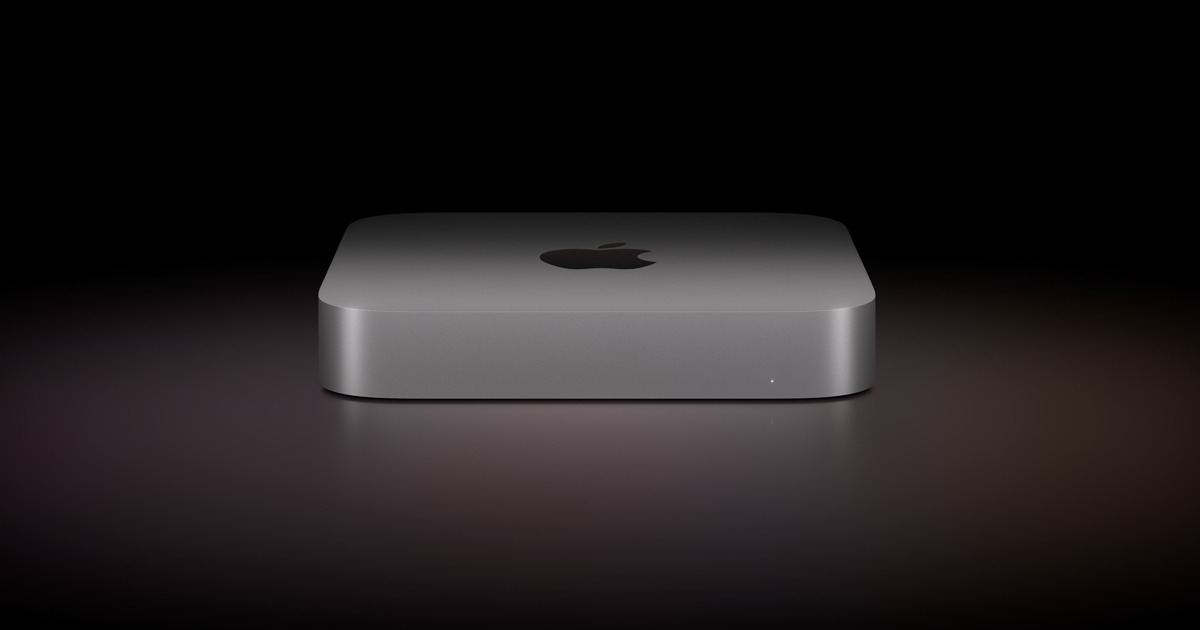Want to know is mac mini powerful enough for video editing? The answer is Yes!!!!
The Mac mini is Apple’s most affordable desktop computer. Its compact size makes it appealing for users with limited space. But is it powerful enough for intensive tasks like video editing? Here is an in-depth look at the Mac mini’s capabilities for video editing.
Is the Mac mini Good for Video Editing?
Thanks to the powerful M1 and M2 chips, the latest Mac mini models are surprisingly capable for video editing. The compact computer can handle 4K and even 8K editing, color grading, and effects without excessive lag.
Upgrading the memory to 16GB of RAM and storage to 512GB or 1TB is recommended, especially for professional video work. Connecting one or more large external displays is ideal for creating an effective editing workspace.
For users needing an affordable video editing rig, the Mac mini is a very capable option in a compact form factor. While not as powerful as a Mac Pro or iMac, the mini outperforms many Windows desktops for video editing tasks. For freelance editors, small production houses, and YouTubers, the Mac mini is a cost-effective yet mighty platform.
Hardware Specs and Performance
The latest Mac mini models come equipped with Apple’s M1 or M2 chips, which provide significant performance improvements over previous Intel-based models. The M1 features an 8-core CPU and up to an 8-core GPU, while the M2 has an 8-core CPU and up to a 10-core GPU.
Both chips deliver excellent performance for the size and price of the Mac mini. The M1 and M2 chips are optimized for video encoding and decoding, allowing them to handle 4K and 8K video editing reasonably well.
You can configure the Mac mini with up to 16GB of unified memory in the M1 models and up to 24GB unified memory in the M2 models. For professional video editing, 16GB is recommended minimum memory.
For storage, you can choose up to 2TB of SSD storage. The fastest option is the SSD flash storage rather than the slower traditional hard drives.
Video Editing Performance
How well does the Mac mini handle leading video editing software like Final Cut Pro, Premiere Pro, and DaVinci Resolve?
Many video editors report smooth 4K editing and color grading even on the entry-level Mac mini M1 with 8GB RAM. However, for optimal performance, 16GB RAM is recommended.
The M1 and M2 chips enable editing multiple 4K streams or a single 8K stream without lag. Complex visual effects may slow things down, but the Mac mini still performs well compared to other computers in its price range.
Export times are significantly faster on the Mac mini versus old Intel-based Macs when exporting to ProRes or H.264 files thanks to the powerful video encoding engines in the M1 and M2 chips.
External Monitor Support
The Mac mini lacks an onboard display, so you’ll need to connect one or more external monitors. The M1 models support up to two displays, while the M2 models can support up to four displays.
For video editing, a large 4K display is ideal. The Mac mini works well with UltraFine displays made by LG and Apple or professional monitors like the Pro Display XDR. With an M2 Mac mini, you can create a full editing bay with 4 displays.
The mini supports Thunderbolt 3 and 4 ports, allowing you to connect monitors with super fast transfer speeds. The newest models also include HDMI 2.0 ports for affordable monitor connections.
Is the Base Model Sufficient?
The entry-level Mac mini M1 model with just 8GB of RAM and 256GB of storage may be sufficient for basic 1080p editing. But for professional work with 4K/6K/8K video, upgrading to 16GB RAM and 512GB or 1TB storage is strongly advised for optimal performance.
While the base model will work, the experience will be significantly better with those upgrades when editing high-resolution footage and using effects.

